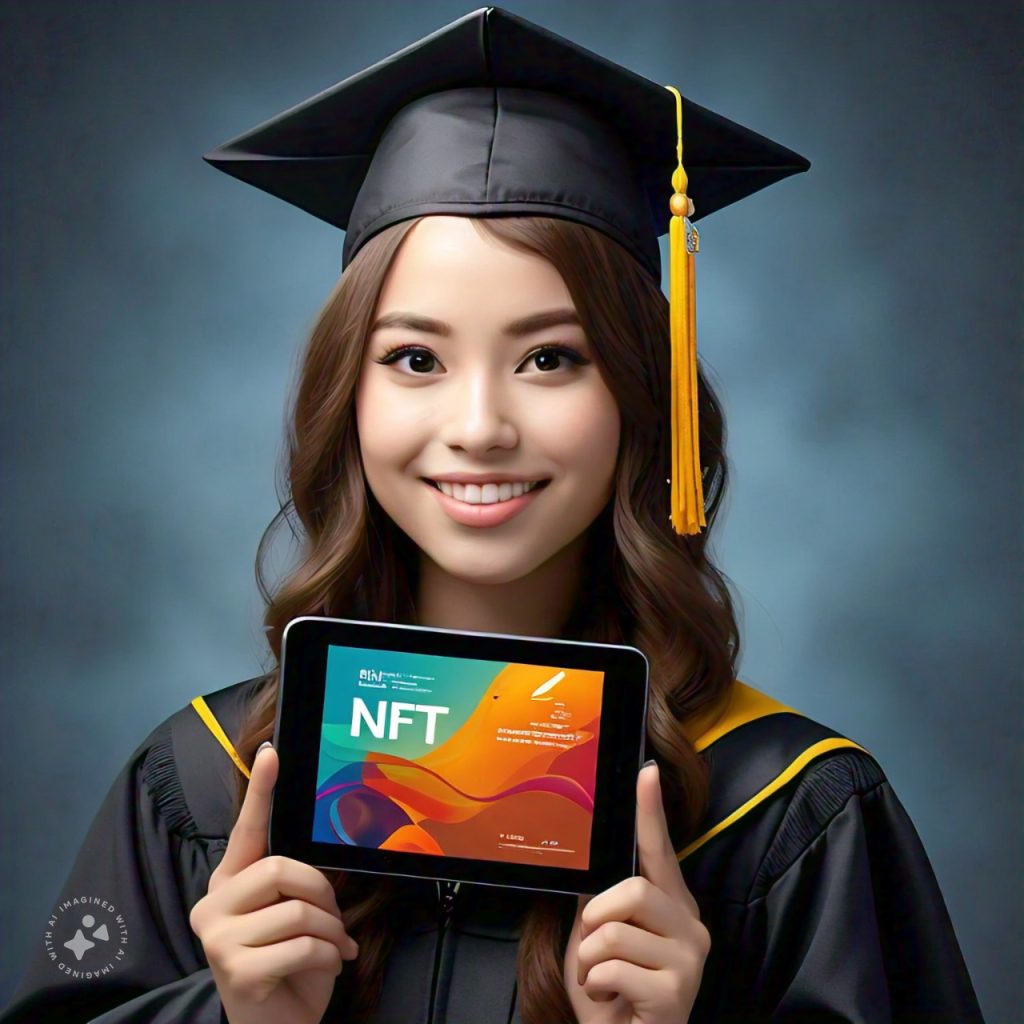Non-Fungible Tokens (NFTs) have taken the world by storm, with most people associating them with art, collectibles, and digital media. But their potential in education—particularly in English language learning—is just as promising. This article explores how NFTs can transform the classroom by enhancing authenticity, personalization, and engagement.
Understanding Fungibility
Before diving deeper, it helps to clarify what “fungibility” means. A fungible asset is interchangeable with another identical asset, without affecting its value. A classic example is a dollar bill: one dollar can easily replace another, and it holds the same value.
By contrast, a non-fungible asset is unique and cannot be seamlessly swapped. Each one has its own distinct attributes and worth, much like a rare painting or a vintage car. This is why NFTs are “non-fungible.” They represent one-of-a-kind digital items—whether that’s artwork, collectibles, or, increasingly, educational resources.
Why NFTs Matter in Education
- Proof of Authenticity
NFTs provide a tamper-proof method for verifying ownership and authenticity. In education, they can serve as immutable records for diplomas, certificates, and digital badges—ensuring the integrity of academic achievements. - Personalized Learning
By tokenizing unique learning experiences or certifications, students can showcase the exact skills or milestones they’ve reached. This fosters a sense of ownership over individual learning journeys. - Digital Collectibles
Educational institutions can mint NFTs representing rare resources, such as historic texts or exclusive event passes. These collectibles not only open up new revenue streams but also spark interest and engagement among learners. - Rewarding Achievement
NFTs can be issued as rewards, offering a sense of recognition beyond traditional grades or paper certificates. Students can collect and display these tokens as badges of honor. - Enhanced Engagement
Integrating NFTs into gamified learning platforms allows students to earn tokens for completing lessons or mastering specific skills. Such an approach can make study sessions more immersive and motivating.
By contrast, fungible tokens (like most cryptocurrencies) are better suited to straightforward financial exchanges. They lack the unique, traceable attributes necessary for recognizing individual achievements or creating verifiable digital resources.
Fungi: The Original “Non-Fungible Network”
Interestingly, mushrooms highlight the concept of non-fungibility in the natural world. Each mushroom is distinctive in size, shape, and flavor. You can’t simply swap one shiitake mushroom for another and expect the exact same culinary experience.
Likewise, NFTs are unique digital assets that can’t be replaced with an identical counterpart. And just as fungi operate within sprawling mycelial networks for communication and resource exchange, NFTs exist on blockchain networks, where they’re verified, traded, and tracked.
Practical Ways to Use NFTs in the Classroom
1. Credentialing and Certification
Instead of issuing traditional paper certificates, schools can offer NFTs to represent course completions, workshop participation, or language proficiency. The blockchain records this data permanently, ensuring easy verification and preventing forgery.
2. Gamification and Motivation
By integrating NFTs into educational platforms, students can earn tokens for hitting milestones or completing lessons in English language learning. These tokens could unlock special resources, or even be traded among classmates, adding a compelling layer of interaction.
3. Building Community and Collaboration
NFT-based communities can give learners exclusive access to events, digital materials, or discussions with experts. This fosters a strong sense of community while helping participants refine their language skills in a collaborative, supportive environment.
4. Interactive Learning Experiences
NFTs can extend beyond static resources. Imagine using them in virtual reality (VR) or augmented reality (AR) lessons where students engage with English exercises or cultural simulations. This heightened interactivity boosts engagement and retention.
Embracing NFTs for a Globalized Future
The use cases for NFTs in education continue to expand. By offering verifiable, individualized, and interactive learning experiences, NFTs empower both students and educators. Learners can demonstrate their achievements in a secure, universally recognizable way, while institutions can explore new avenues for revenue, community engagement, and innovation.
Embrace this emerging technology in your own classroom and watch how it can ignite motivation, celebrate accomplishments, and connect learners across borders—especially in a global context where English is increasingly vital. NFTs aren’t just collectibles; they’re keys to a new frontier in education. Start creating your own educational NFTs today and help shape the future of teaching and learning.



